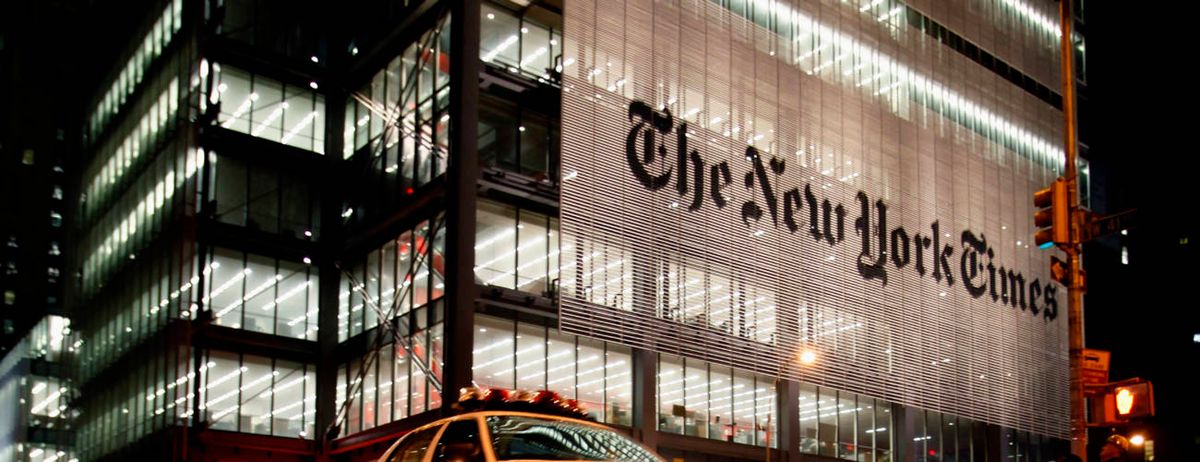On NYT’s homepage, simpler is better
Analyzing the design of the New York Times’s new homepage — and why journalists have reacted so poorly to it

This piece was originally published by the Columbia Journalism Review.
As a designer who works with news organizations, I was eager to check out The New York Times new homepage when it launched this week. What I found was a simpler design. This was not a surprise—among designers, white space is holy writ, and there is more than one adage instructing us to remove everything except what is absolutely necessary. The Times had followed the accepted formula, and wiped away bylines on news articles. I liked the new look.
Soon, however, I began to notice some hubbub among journalists on Twitter, arguing that bylines on the homepage are necessary. One line of thinking, I found, is that without them, reporters are demoted and accountability is undermined. Another is that readers choose articles based on bylines. No less an eminence than Walt Mossberg wrote, “Why would I click on a story without knowing who wrote it?” My favorite tweet stated outright that the author wanted to read only pieces by Pulitzer Prize–winners.
As a designer, I blanched at these complaints. This design change affects only the homepage—that is, a single page on a site with hundreds of thousands, and one that does not have any actual articles on it. (Bylines remain on all articles themselves, so anyone who actually reads a story sees who wrote it.) The homepage, merely a collection of links with occasional photos, serves the same essential function as Twitter—and where is the outrage when the Times links to news stories on Twitter without bylines? Dean Baquet, the executive editor of the Times, wrote in an internal memo that the mobile site and apps of the Times have long lacked bylines, a design choice that never seemed to cause uproar.
Cleaning a website of extraneous material (replacing bullet points with line breaks, for instance) isn’t the same as scrubbing information. Designers believe that simplicity is helpful to users—or, in this case, readers—in that visual clarity enables the digestion of information—or the comprehension of news. If you look at a side-by-side that Politico’s Michael Calderone posted of the Times homepage before and after this redesign, the headlines do, in fact, appear more legible. To me, the question isn’t really Why did they remove the byline?, but Why should the byline be there in the first place?
Lacking access to Times data and user testing, it’s hard to say definitively whether a byline is important to the average reader. But since the majority of reporters are not household names, it seems safe to theorize that bylines aren’t really that helpful in a functional design sense—at least, not to the majority of the Times audience. (It’s telling that plenty of other news sites have no bylines on their homepages: The Economist doesn’t, for instance, and neither does everyone’s favorite visual disco, The Outline.)
More important, though, is that I don’t want people to sort their news via byline. Too many readers get their news exclusively from sources they are predisposed to agree with; untold articles have been written about the need to break out of our echo chambers. Saying that readers should choose their media diet based on individual reporters’ names seems antithetical to responsible news consumption. It’s understandable that journalists themselves would be concerned about the homepage change. But just as updates to the Times design are not, really, about vanity, reporters should be concerned with things other than credit.
Update
There was a lot of response to this piece. Some day I might try to collect some of the myriad views — a lot of opposition from reporters — but I appreciated this from someone who works on digital design at the Times (posted to Twitter back when that platform was a thing): “The homepage team here does, of course, have this data, has been testing the redesign for months, and the decision was made to launch the thing. That should tell you something.”